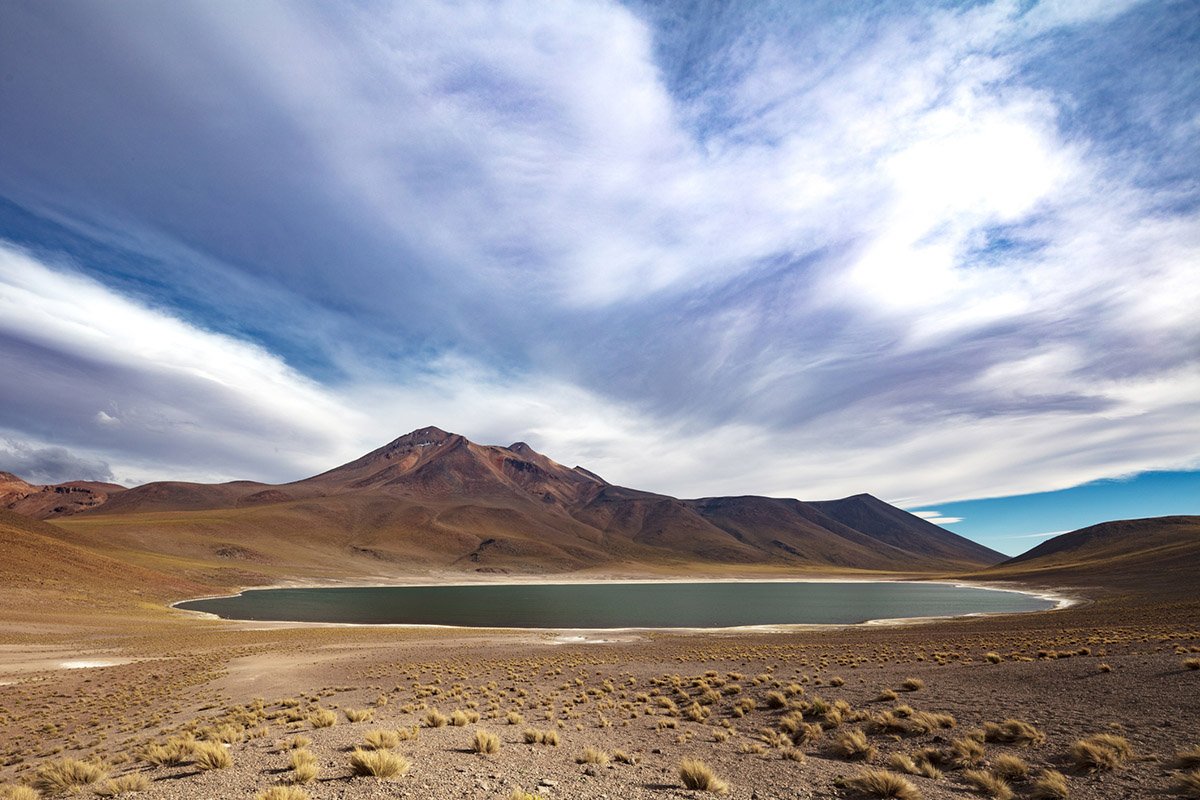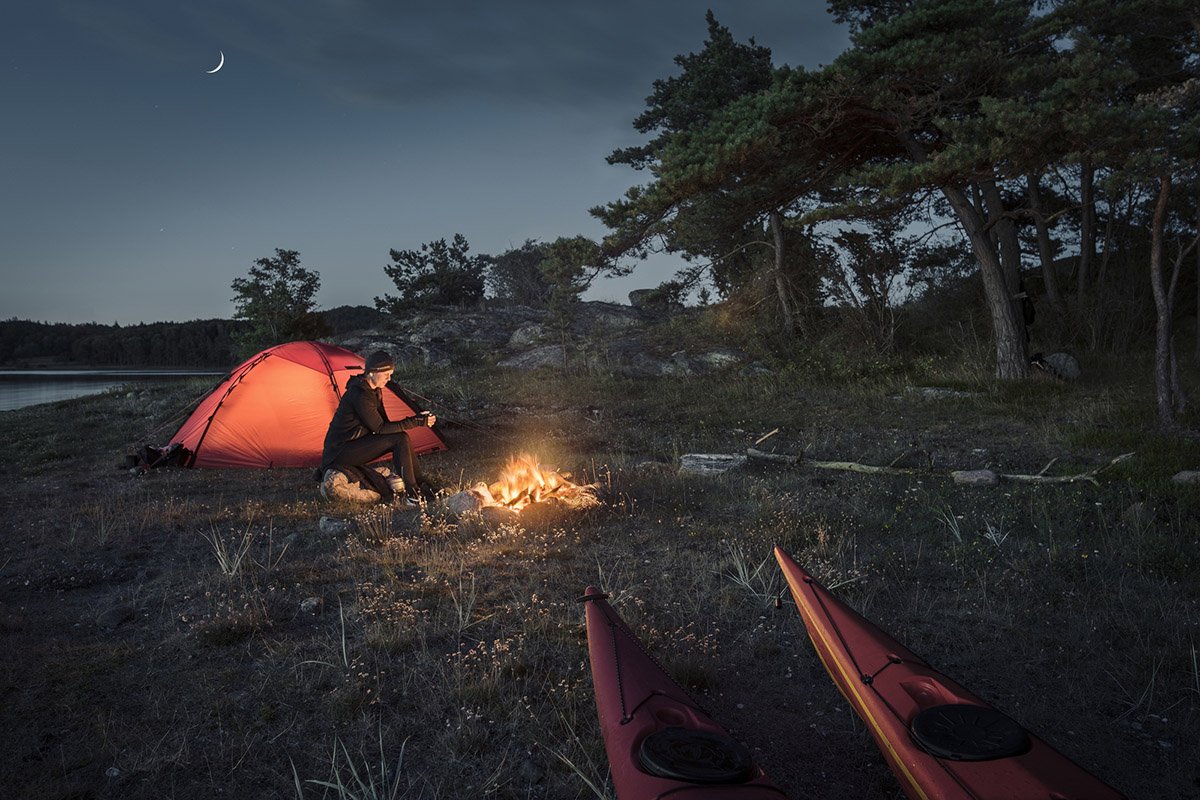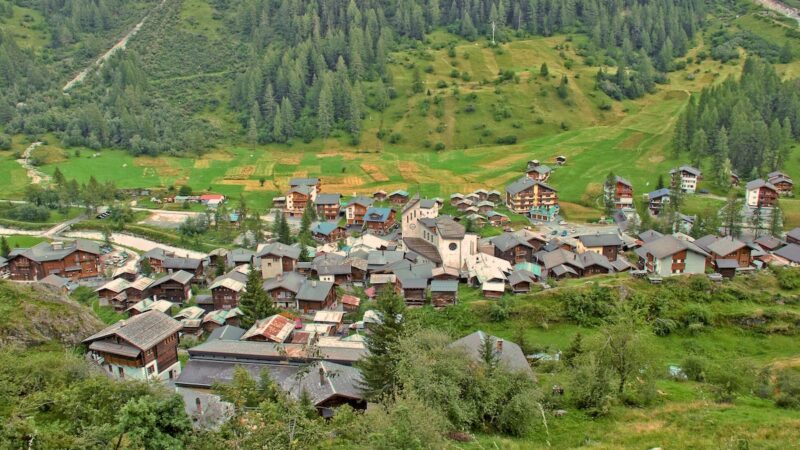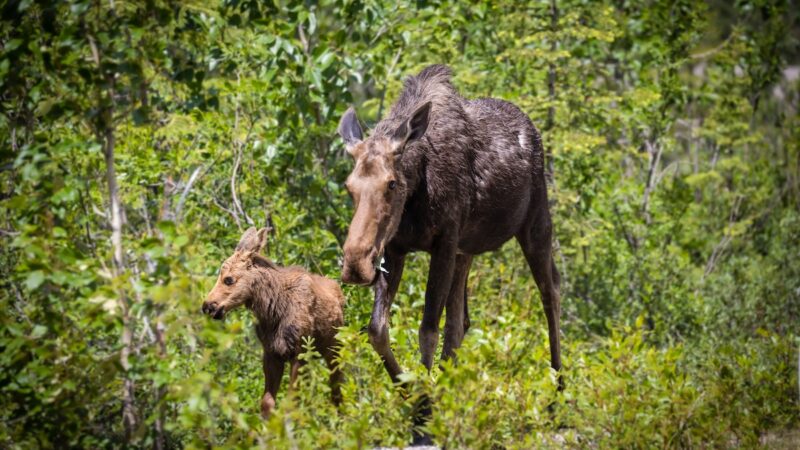How Bear Grylls Survives on a Desert Island
Bear Grylls has spent a lot of time on islands throughout his career as a survivalist and adventurer, filming in remote locations such as the Pacific Ring of Fire. Remember that famous video clip where he hangs off the skids of a helicopter above a tiny island in the Pacific, then jumps 10,000 feet into the sea?
Bear knows his way around islands well. He grew up on the Isle of Wight on the south coast of England, and he and his family now own a private island off the coast of Wales.
Bear says that growing up, he loved reading books about adventure and survival and that the fictional character Robinson Crusoe inspired him when he was a child. The character was based on a real-life sailor from a pirate ship who was abandoned on a tiny island off Chile. The sailor spent four years on the desert island before eventually being rescued by a passing ship.
In the story, Crusoe survived, “but don’t be fooled into thinking that desert island survival is easy!” says Bear in his book World Adventure Survival Camp, where he gives the following tips on how to survive on a desert island.
Protection from the Elements
First, Bear says that if you find yourself on a desert island, the priorities of survival are the same as surviving anywhere—finding shelter, water, and food in that order.
When on a desert island, you also need to protect yourself from heatstroke or sunstroke by keeping your head covered, wearing loose clothing, and keeping to the shade.
You will need protection from sunburn and from getting soaked by rain storms.
Finding Water to Drink

To find drinking water, look out for streams that contain fresh water, or, if you can’t find a source of fresh water, look for other sources of drinking water, such as coconut, bamboo, vines, and banana trees.
“Coconut water is delicious and good for you,” says Bear. “If you find a green coconut, cut off the top. A hard brown one is more difficult to break into.”
To break open a coconut, Bear first sticks a thick branch into the ground and sharpens the end to a point. This can then be used to split the hairy outer husk, and then to make a hole in the top of the coconut shell.
What to Eat on a Desert Island
Bear says to avoid eating fish from the reef as they may be poisonous, but you should look for crabs, lobsters, sea urchins, and sea cucumbers to eat instead.
You can also eat mussels, barnacles, and sea slugs. “Rinse seaweed in fresh water and then boil it,” he says.
Getting Rescued

The best hope of attracting attention for a rescue is to build a triangle of signal fires or use a mirror to signal passing aircraft.
You can also put a message in a bottle and float it into the sea (if you happen to have a sealable bottle, plus a pen and paper), but don’t rely on this for a speedy rescue. Glass may be resistant to seawater, but the cork could rot or the bottle could get smashed onto rocks. Also, who knows where the bottle will end up or how soon it’ll end up anywhere at all. It all depends on which current the bottle catches.
“One message in a bottle took 92 years (from 1914 to 2006) to travel from the middle of the North Sea to the Shetland Islands,” says Bear in World Adventure Survival Camp. “Hopefully it wasn’t from someone asking to be rescued!”
How would you survive on a desert island?
Source: https://outdoors.com/how-bear-grylls-survives-on-desert-island/







